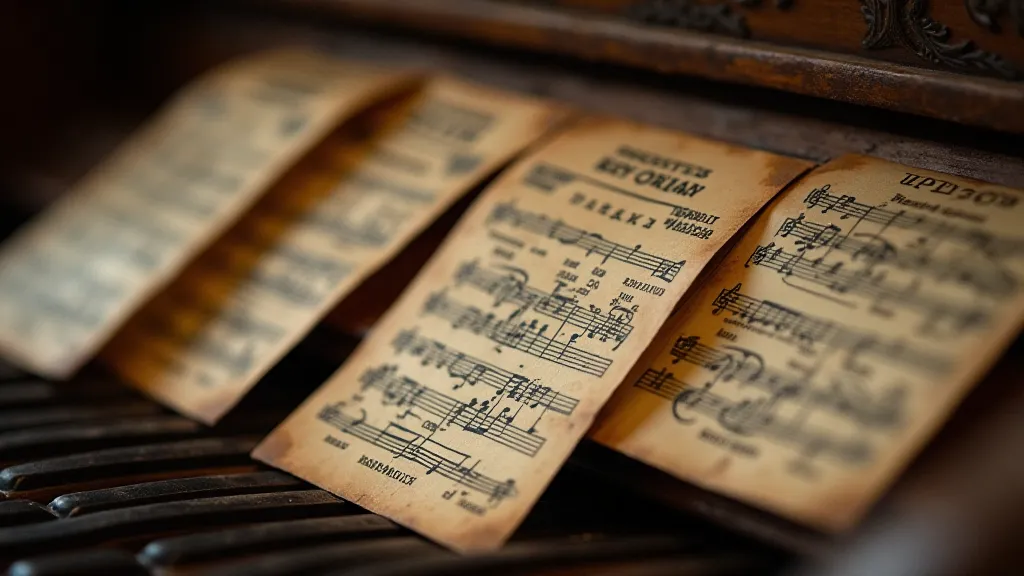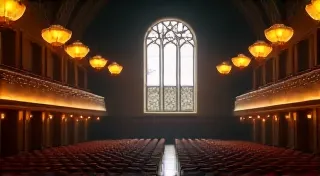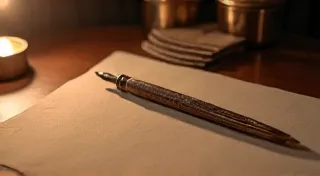Beyond the Melody: The Textural Palette of Film Scores
We often celebrate film scores for their memorable melodies – the sweeping romantic themes, the pulse-pounding action cues, the poignant lullabies that linger long after the credits roll. And rightfully so. But what about the unsung heroes of the soundtrack, the sonic landscapes built not of notes alone, but of timbre and texture? The way a composer chooses what instruments play, and how they play them, can be just as powerful, if not more so, in shaping our emotional response to a film.
Think of a classic horror film. A jarring, dissonant chord played on a prepared piano – a piano with screws or bolts placed on the strings to alter its sound – can be far more terrifying than a simple, suspenseful melody. It's not just *what* is being played; it’s the unsettling, almost mechanical quality of the sound itself that grabs you by the throat. This manipulation of texture, of timbre, is the composer’s canvas, and the film’s atmosphere is the painting. The deliberate choice of instrumentation, often unconventional, is key to evoking a specific feeling, something that extends far beyond the immediate narrative.
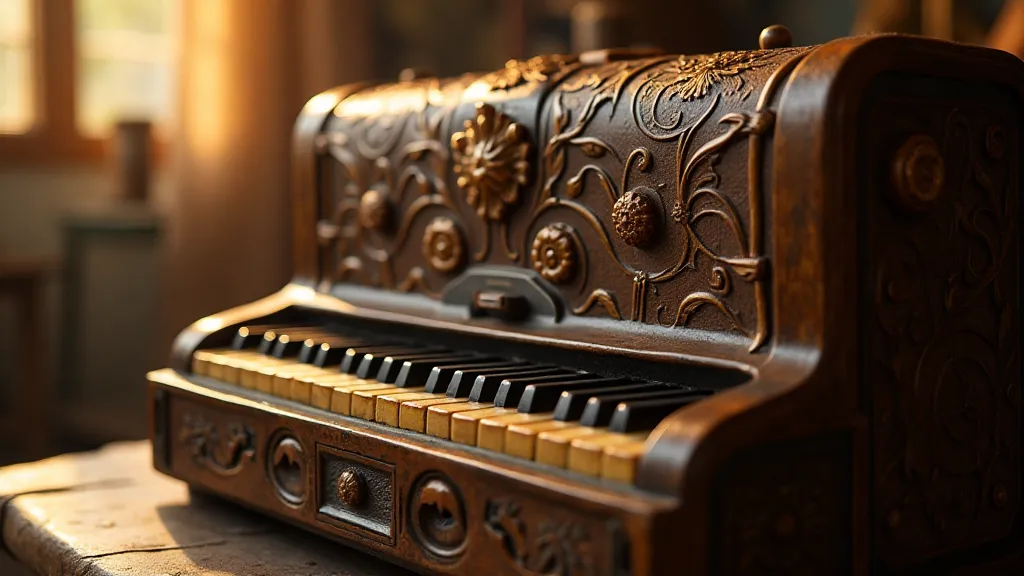
The Power of Unexpected Instruments
Consider the use of the theremin in scores like Miklós Rózsa’s work on *Spellbound*. The theremin, a truly unique electronic instrument played without physical contact, produces an ethereal, otherworldly sound that perfectly embodies the film’s exploration of the subconscious. Its timbral characteristics—wavering, breathy, almost mournful—lend a pervasive sense of unease and vulnerability. Similarly, the use of the ondes Martenot in scores like those by Georges Auric contributed a distinctively strange and evocative texture, unlike anything available previously. The choice wasn't about providing a catchy tune; it was about creating a sonic signature for a story delving into the surreal.
The beauty of these choices lies in their ability to bypass our analytical brains and tap directly into our emotions. When we hear the sound of a glass harmonica – another often-forgotten instrument – we don't think about how it's constructed; we feel its fragility, its haunting resonance. It’s a primal reaction, bypassing conscious thought and resonating within our core. This ability to connect with audiences on a visceral, emotional level is precisely what separates truly exceptional film scores from the merely adequate. A composer’s understanding of how instrumentation contributes to a character's soul, for example, reveals a deep and sophisticated approach to storytelling – something explored more fully in articles like "The Lyrical Skeleton: When Music Defines a Character’s Soul".
The Accordion: A Textural Masterpiece
My own fascination with film music, particularly the forgotten scores, began with an unexpected encounter: the sound of an accordion in a dusty, obscure Italian film from the 1960s. It wasn't the typical accordion sound—bright, cheerful, and polka-esque. This was something darker, more melancholic, its reedy voice weaving a tapestry of longing and regret. The composer, Piero Piccioni, understood the instrument’s potential beyond its comedic associations. He utilized its complex timbre – the blend of bass and treble registers, the subtle nuances of the bellows – to create a profound sense of atmosphere.
The accordion, often dismissed as a novelty instrument, possesses a remarkably complex tonal palette. The bellows, in particular, offer a vast range of expressive possibilities – from a delicate whisper to a forceful bellow, each influencing the timbre in subtle yet significant ways. The different reeds, the careful tuning, the subtle variations in air pressure – all contribute to the instrument’s unique sonic fingerprint. Hearing it deployed in a film score, particularly one from a bygone era, is a reminder of the ingenuity and resourcefulness of composers working with limited technology. The careful crafting of recurring motifs, too, can be used to reinforce thematic material - something akin to how Piccioni might have deployed the accordion to signal a specific emotion or place within the narrative. The repetition and variation of musical ideas, much like the subtle shifts in the accordion's bellows, can create powerful, lasting impressions. Those interested in dissecting such repeating patterns will find insights in "Fragmented Reflections: Deconstructing Recurring Motifs in Film Scores."
Restoration and Appreciation: Listening Beyond the Notes
Many of these scores, once lost to time, are now undergoing a quiet resurgence thanks to dedicated archivists and film music enthusiasts. Restoring these scores isn't just about cleaning up the audio; it’s about understanding the original intent, the sonic choices the composer made, and the instruments they used. It’s a painstaking process, often involving identifying the specific models of instruments used, researching the recording techniques of the time, and reconstructing the original instrumentation. This requires a deep understanding of music theory and its practical application – something that often involves perceiving the unseen architecture of film music itself. A composer’s harmonic choices, for example, might subtly influence the emotional tone of a scene, creating a sense of unease or serenity. This exploration of underlying structures reveals a deeper level of appreciation for the art form. Such a detailed view into how music shapes the cinematic experience can be gained from "Chromatic Ghosts: The Unseen Architecture of Film Music."
For those with a deeper interest, collecting original soundtracks can be surprisingly rewarding. Early LPs, particularly those featuring unique instrumentation or unusual compositions, can be valuable artifacts of cinematic history. However, the true value lies not in the monetary worth but in the opportunity to immerse oneself in the sonic world of a forgotten film. It's a chance to appreciate the artistry of the composer, the skill of the musicians, and the ingenuity of the sound engineers. Even the most subtle changes in tempo or instrumentation can evoke powerful emotions, demonstrating the fleeting nature of emotions and how music can capture and express them. Understanding how musical choices interact with the visuals and narrative can deepen one's appreciation for the film as a whole. Analyzing these delicate harmonies and their impact is something that aligns with the exploration offered in "Ephemeral Harmonies: Soundtrack Music and the Fleeting Nature of Emotion."
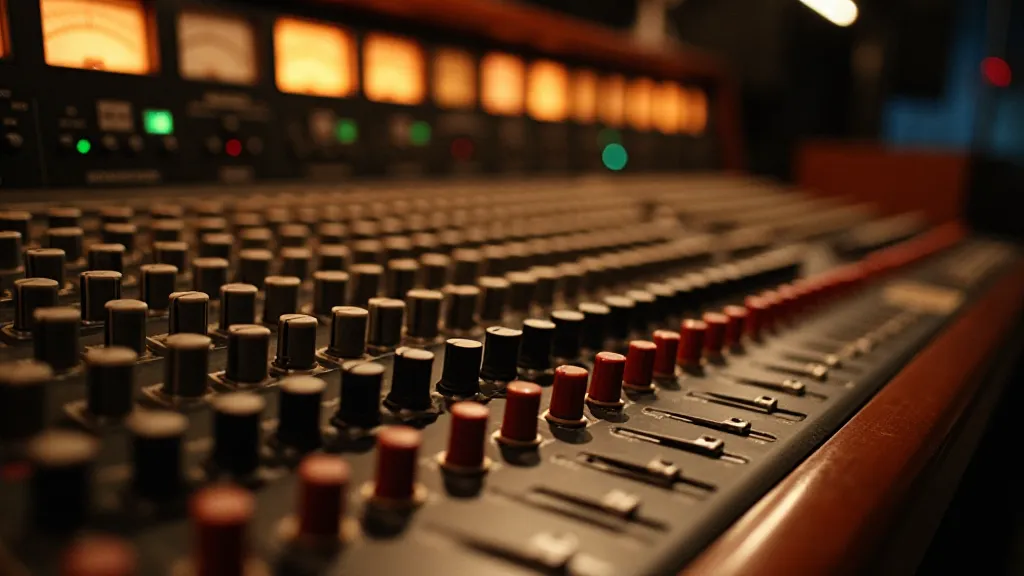
The Legacy of Textural Exploration
The emphasis on texture and timbre in film music isn't merely a historical curiosity. It's a legacy that continues to inspire contemporary composers. Modern film scores often incorporate unconventional instruments, experimental recording techniques, and sound design elements to create immersive and emotionally resonant experiences. Composers like Jonny Greenwood (Radiohead, film scores) actively explore the boundaries of sound, pushing the limits of what’s possible with orchestral instrumentation and electronic manipulation.
The ongoing experimentation with sound design and instrumentation showcases a continuous push to transcend traditional boundaries. Composers are increasingly blending acoustic and electronic elements, creating hybrid soundscapes that defy categorization. This evolution demonstrates a profound respect for the power of music to shape perception and evoke emotion. The ability to harness subtle nuances in timbre and texture, combined with innovative recording techniques, allows composers to craft truly immersive and transformative cinematic experiences. Consider, for instance, the way a single, sustained note, manipulated through subtle changes in pitch and timbre, can create an atmosphere of intense suspense or overwhelming sadness. This careful manipulation of sound, coupled with a deep understanding of human psychology, allows composers to create a powerful and lasting impact on the viewer.
Ultimately, appreciating the textural palette of film scores is about expanding our understanding of what film music can be. It’s about recognizing that a film score is not just a collection of songs; it's an integral part of the cinematic experience, a powerful tool for creating atmosphere, evoking emotion, and shaping our perception of the story unfolding on screen. And sometimes, the most profound impact comes not from the melody, but from the quiet whisper of an antique accordion, the unsettling hum of a theremin, or the breathy sigh of a glass harmonica. The careful selection of instruments and their manipulation through subtle variations in timbre and texture can create a profound and lasting impact on the viewer, transforming a simple scene into a work of art.
